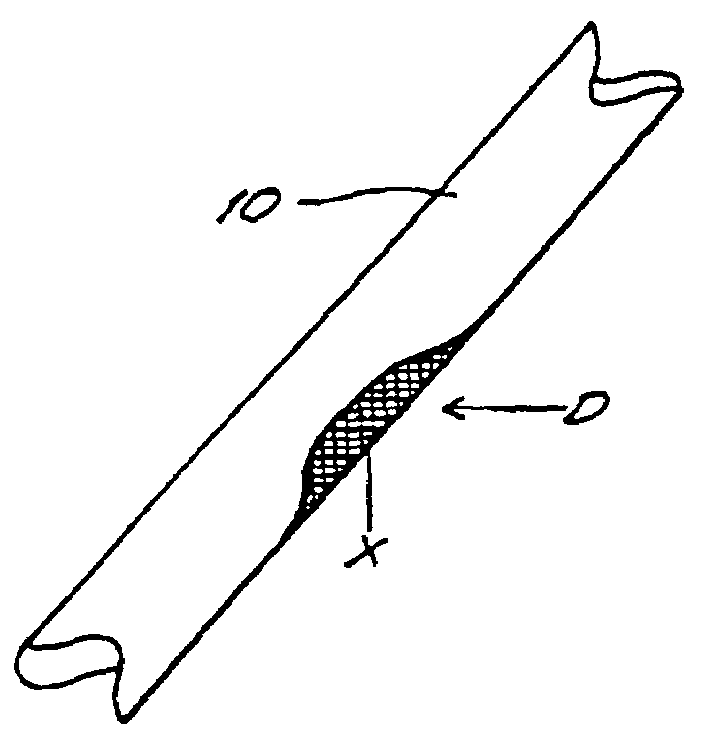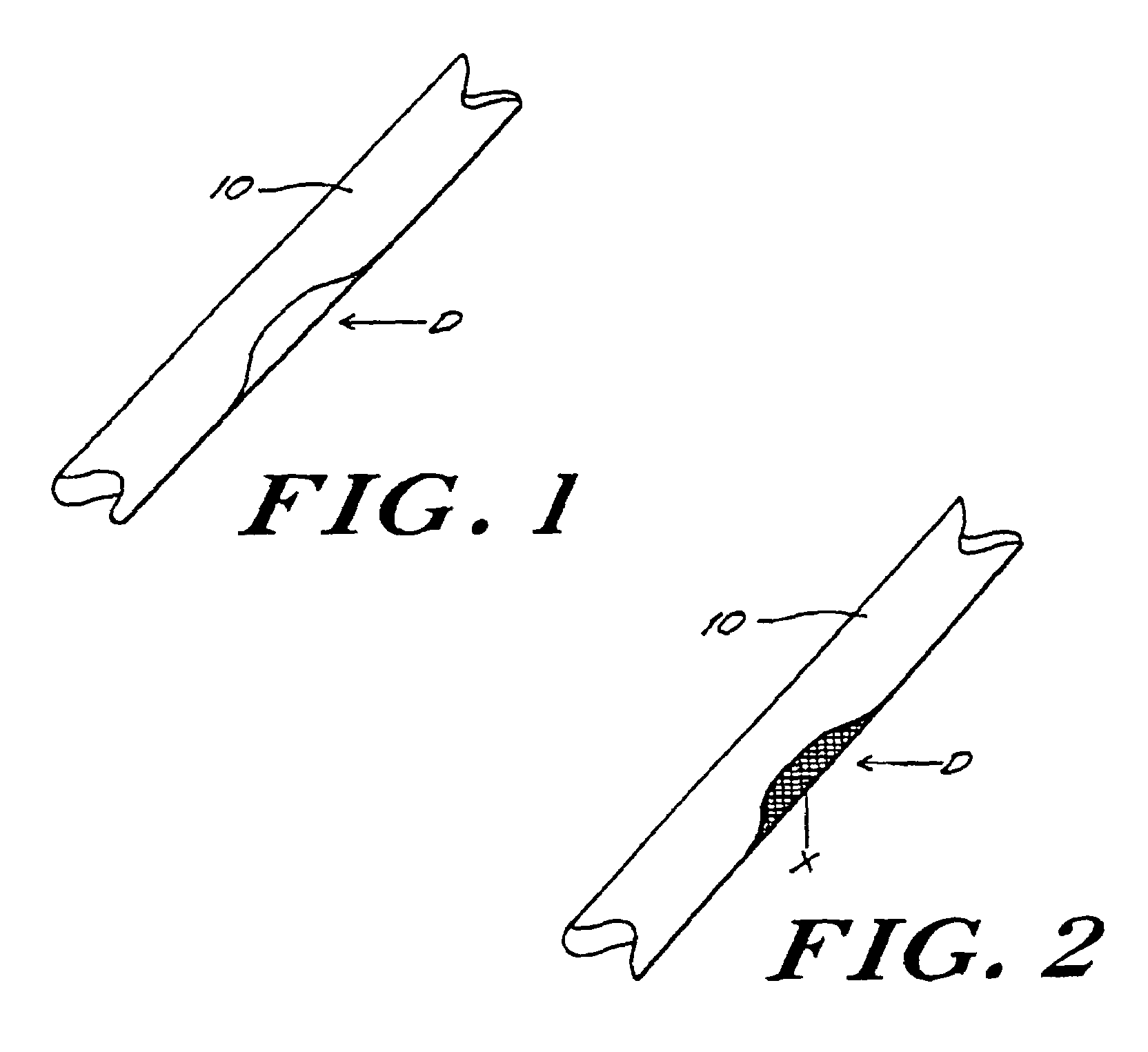Bone xenografts
a bone xenograft and bone technology, applied in bone implants, prostheses, medical science, etc., can solve the problems of less than optimal bone defect filling, low bone density, and inability to transplant autologous bone tissue for large defects,
- Summary
- Abstract
- Description
- Claims
- Application Information
AI Technical Summary
Benefits of technology
Problems solved by technology
Method used
Image
Examples
example 1
Assessment of Response in Mice to Implanted Bone Treated with α-Galactosidase and Demineralized Bone Matrix Gel Containing Osteoinductive Factor
[0062]In this example, porcine bone implants are treated with α-galactosidase to eliminate α-galactosyl epitopes and impregnated with demineralized bone matrix gel containing osteoinductive factor to stimulate the conversion of soft tissue formers in the target defect to osseous tissue formers. The implants are transplanted into mice and the response to the implants is assessed. An exemplary bone portion 10 with a defect D is shown in FIG. 1.
[0063]Porcine bone implants are sterilely prepared and surrounding attached soft tissues surgically removed. The bone specimens are washed for at least five minutes with an alcohol, such as ethanol or isopropanol, to remove synovial fluid and lipid soluble contaminants.
[0064]The bone specimens are frozen at a temperature ranging from about −35° C. to about −90° C., and preferably at a temperature up to a...
example 2
Assessment of Primate Response to Implanted Bone Treated with α-Galactosidase and Demineralized Bone Matrix Gel Containing Osteoinductive Factor
[0074]In this example, porcine bone implants are treated with α-galactosidase and demineralized bone matrix gel containing osteoinductive factor, the implants are transplanted into cynomolgus monkeys, and the primate response to the bone implants is assessed, as described in Example 1. After the bone xenografts are explanted and tissue is harvested for possible immunologic testing, the animals are allowed to recover and are monitored closely until the incisions have healed and the gait of the animals is normal.
example 3
Assessment of Response in Mice to Implanted Bone Treated with α-Galactosidase, Demineralized Bone Matrix Gel Containing Osteoinductive Factor, Fucosyl and Fucosyltransferase
[0075]In this example, porcine bone implants are treated with α-galactosidase to eliminate α-gal epitopes, as described in Example 1. The implants are further treated with fucosyl and fucosyl transferase to cap carbohydrate chains with fucosyl. Fucosyltransferase facilitates the transfer of fucosyl to the xenograft. The fucosyl links to and thus caps the carbohydrate chains. Capping with fucosyl interferes with the ability of the subject's immune system to recognize the xenograft as foreign. The implants are transplanted into mice, and the response to the bone implants is assessed.
[0076]Porcine bone implants are prepared as described in Example 1 including the α-galactosidase treatment. Prior to implantation into the mice, however, the implants are further treated with a predetermined amount of fucosyl and fucosy...
PUM
 Login to View More
Login to View More Abstract
Description
Claims
Application Information
 Login to View More
Login to View More - R&D
- Intellectual Property
- Life Sciences
- Materials
- Tech Scout
- Unparalleled Data Quality
- Higher Quality Content
- 60% Fewer Hallucinations
Browse by: Latest US Patents, China's latest patents, Technical Efficacy Thesaurus, Application Domain, Technology Topic, Popular Technical Reports.
© 2025 PatSnap. All rights reserved.Legal|Privacy policy|Modern Slavery Act Transparency Statement|Sitemap|About US| Contact US: help@patsnap.com



